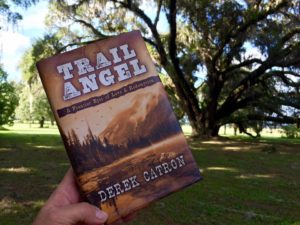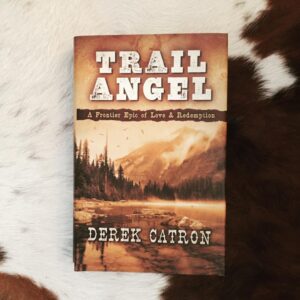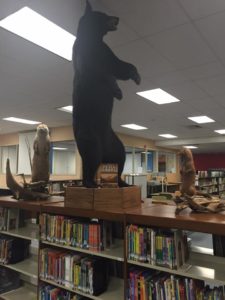Trail Angel is a work of fiction. Annabelle, her family, Josey, the Colonel, Lord Byron, Caleb and everyone else in the wagon train never existed. Yet many of the people they come across were real. If you’re like me, on finishing a book of historical fiction you want to know what liberties the author took with the facts. My short answer is: not many. Real-life accounts of wagon train journeys to the west were exciting enough that I never felt a need to stretch the truth. It was the same with the events that precipitated Red Cloud’s War. This summary provides a more in-depth look at the real people and events described in Trail Angel.
William Tecumseh Sherman: The general commanded the armies of the west in 1866. Once I came across a reference to a visit he made to Omaha in May—staying, indeed, at the Herndon House, the finest hotel in the city at that time, despite charging extra for the few rooms equipped with a stove—I felt I had to arrange a meeting with Annabelle. Many of the remarks Sherman makes about his hopes for the west and his frustration in keeping the peace among settlers and the Indians are based on letters and journals he wrote.
Jim Bridger: The legendary mountain man was in his 60s but still scouting for the army when Red Cloud’s War broke out in 1866. Descriptions of the man vary, but nearly everyone found him to be as charming as Annabelle did. He was fond of tall tales and claimed to have been in the West so long that Pike’s Peak was a hole in the ground when he first saw it. Changing the reference to Chimney Rock for the benefit of a pretty young woman who’d never seen Pike’s Peak seems just the sort of liberty he would take. Bridger makes a return appearance in the sequel, Angel Falls.
Henry Carrington: The commander at Fort Phil Kearny was a convenient scapegoat for the army’s failures in the Powder River region. As described in Trail Angel, Carrington had no experience leading men in battle and did not enjoy the confidence of many of his junior officers. Yet he successfully oversaw the construction of the fort under difficult circumstances. The poor weapons and scarcity of ammunition were real concerns. Sherman himself probably couldn’t have fared much better under the circumstances. Carrington’s challenges only grow greater in Angel Falls.
Margaret Carrington: The commander’s wife is also the source for much of what we know about Henry Carrington. Her book, Absaraka: Home of the Crows, is a beautifully written account of her journey to the fort and her life there. Many of the views she expresses about Indians and the difficulty of life on the frontier come from her writings.
Minor characters: Many minor characters, or at least the names, were drawn from historical accounts. I used newspaper advertisements in Omaha to provide the names (and in many cases addresses) of the stores described there. So there really was a Hellman & Co. store and a McCormick’s, though I can’t speak for appearance or manner of the owner. The same is true for many of the soldiers the travelers meet along the way, including Captain Joshua Proctor, the commander at Fort Reno, Doc Hines and the redoubtable Lieutenant Wands and Reverend White.
Events on the trail: Much of what’s described on the trail happened in real life to real people. More emigrants died from illness and accidents than violence. The Indian tribes that lived along the Platte River had been decimated by disease and the loss of good hunting, yet they remained a source of fear among emigrants. The Colonel’s story about Indians taking revenge at Rawhide Creek was one that settlers told around their campfires. Weary travelers came together to celebrate Independence Day. Even the account of luring a curious antelope close by waving a flag came from a traveler’s journal.
Fort Laramie peace treaty: The government did sign a peace treaty with Indians in the summer of 1866, but the Indians who signed on the mostly pacified tribes who lived near the fort. Red Cloud stalked out and threats were made if travelers continued to follow the Bozeman Trail.
Confederate gold: Rumors of hidden or stolen caches of the Southern treasury were commonplace after the war, but most accounts—like this one—are the product of fiction writers’ imaginations.
Crazy Woman Creek: The Indian ambush occurred much as it’s described, though I had to streamline events and characters to accommodate them within this story. The description of soldiers preparing their rifles for a suicide shot came from an account of the Wagon Box Fight. Though that took place in 1867, it didn’t seem a stretch to imagine soldiers would resort to similarly drastic actions under equally dire circumstances. The desperate run for water led by Lieutenant Wands and Reverend White helped sustain the small force until help could arrive—led by Jim Bridger.






